HondurasMap
January Honduras is different from Guatemala. It’s also a poor country, but the people here are kinder. 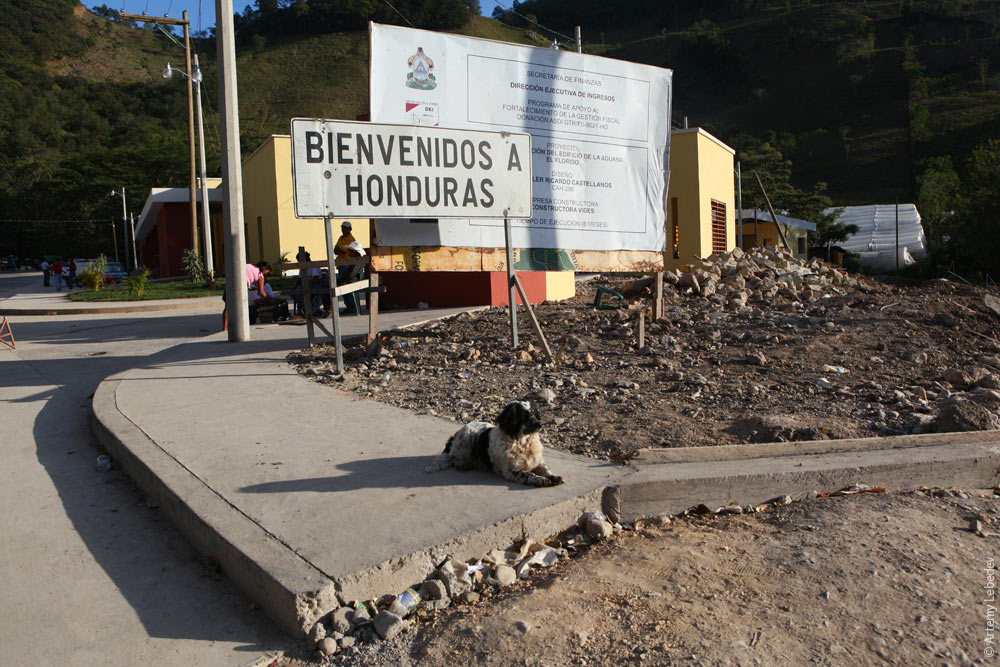 Like in Guatemala, there are kilometer markers with the highway’s logo. 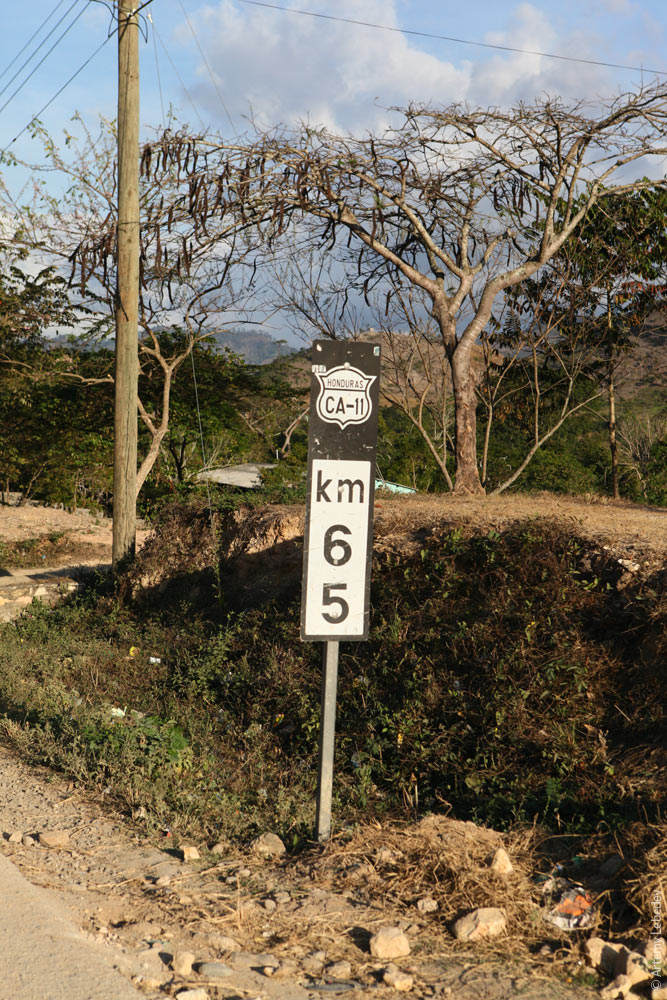 Two-liter soda bottles are sold with a handle for carrying four bottles at a time. 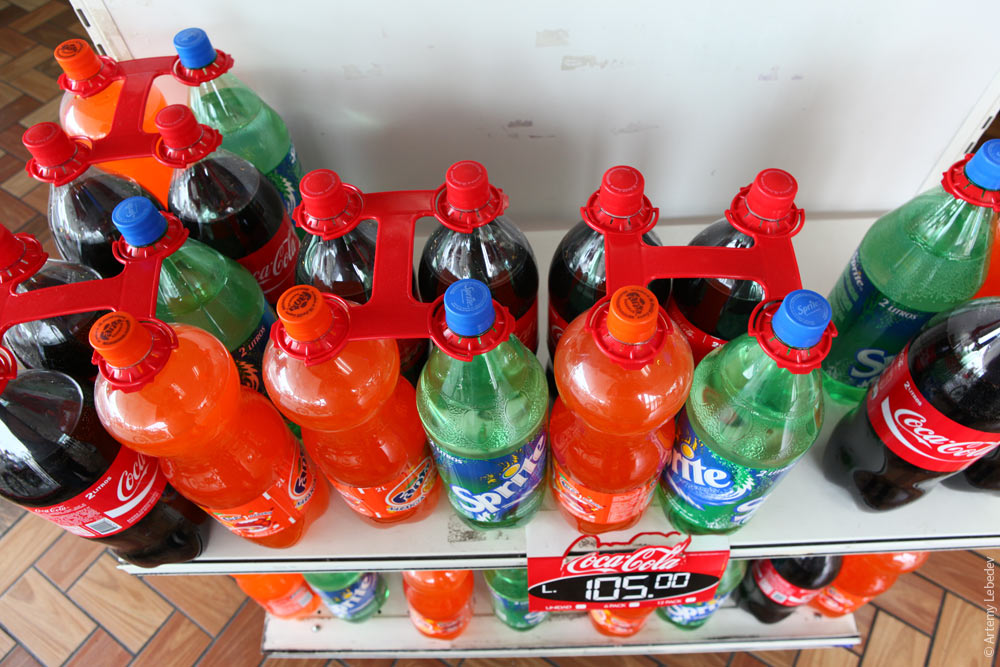 I’ve never encountered such a broad spectrum of Pepsi bottle types anywhere else in the world. 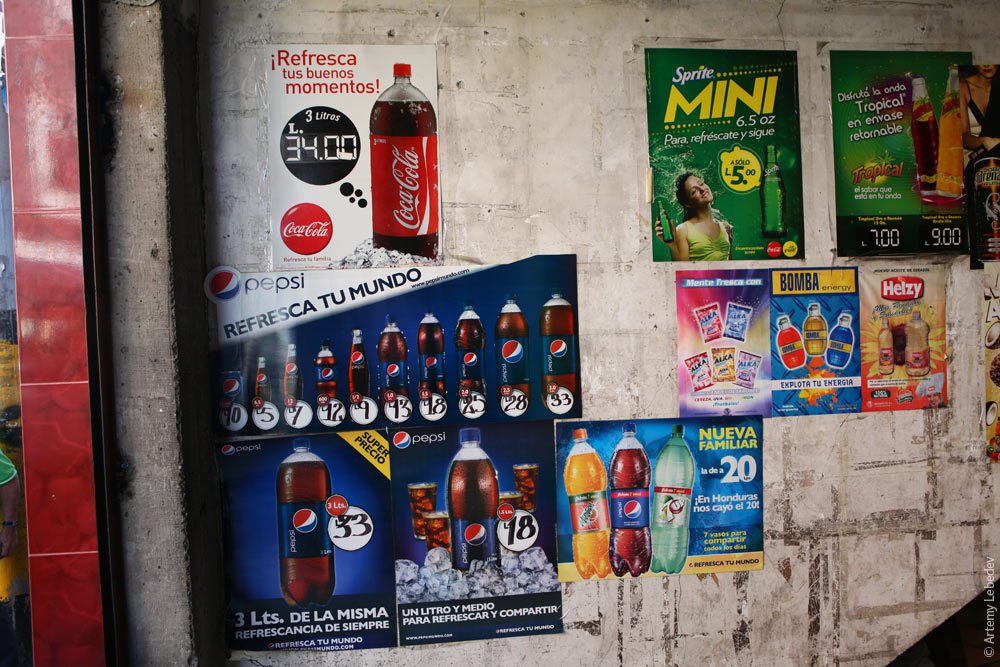 Surprisingly, certain details in Central America are identical to West Africa. It’s like Pangaea split up just last week. Perhaps it’s a coincidence that drinking water is sold in little plastic bags—like in Liberia. 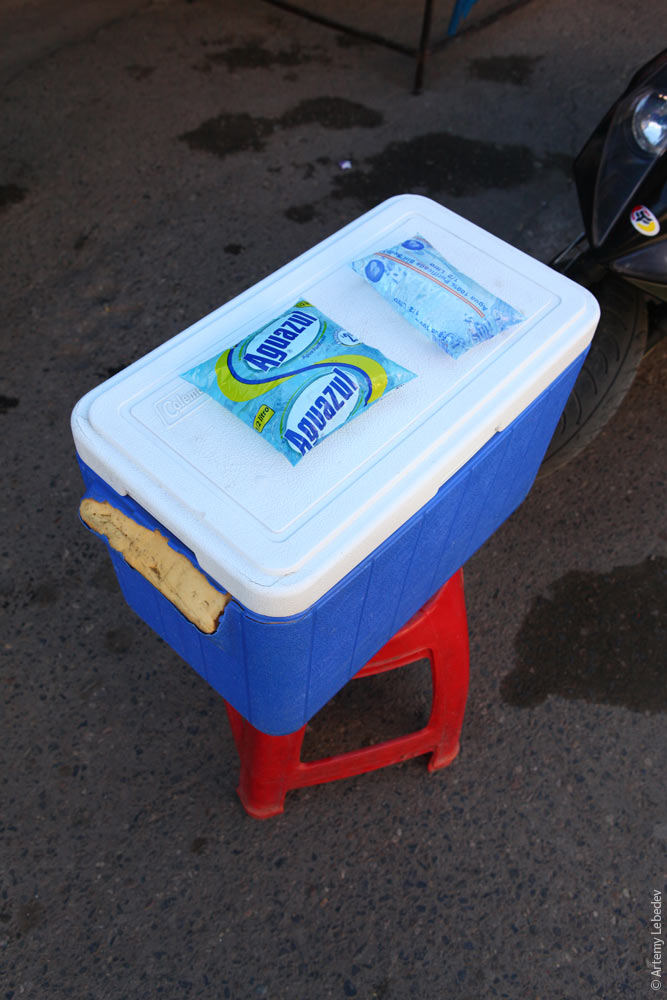 Perhaps it’s a coincidence that fuel barrels sawed in half are used as city trash cans—like in Guinea? 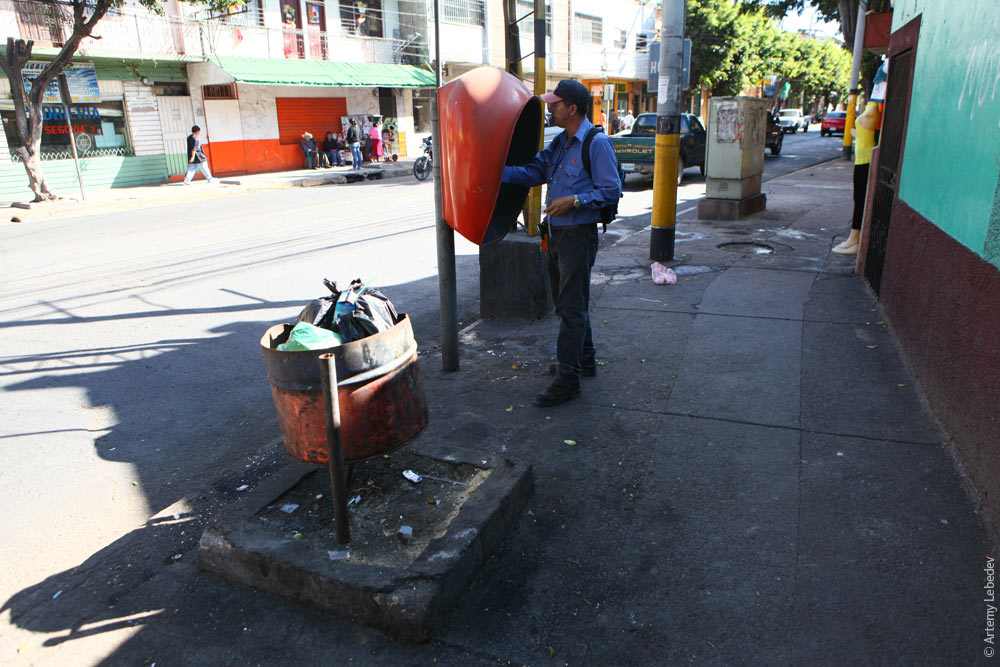 But how did they get so far as to cover umbrellas with black plastic sheeting here—like in Côte d’Ivoire? 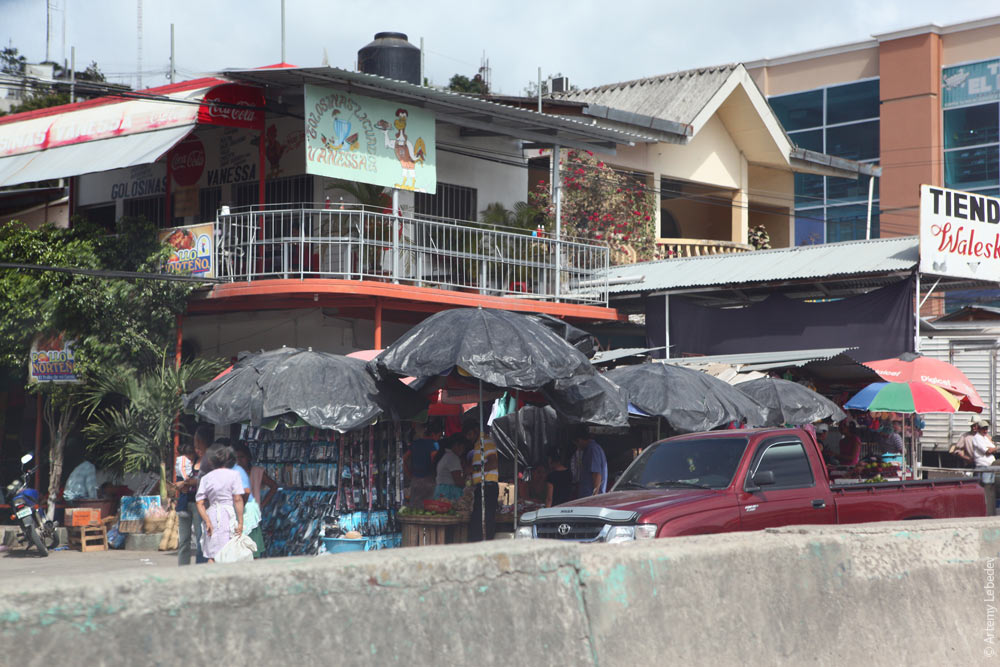 A license plate. 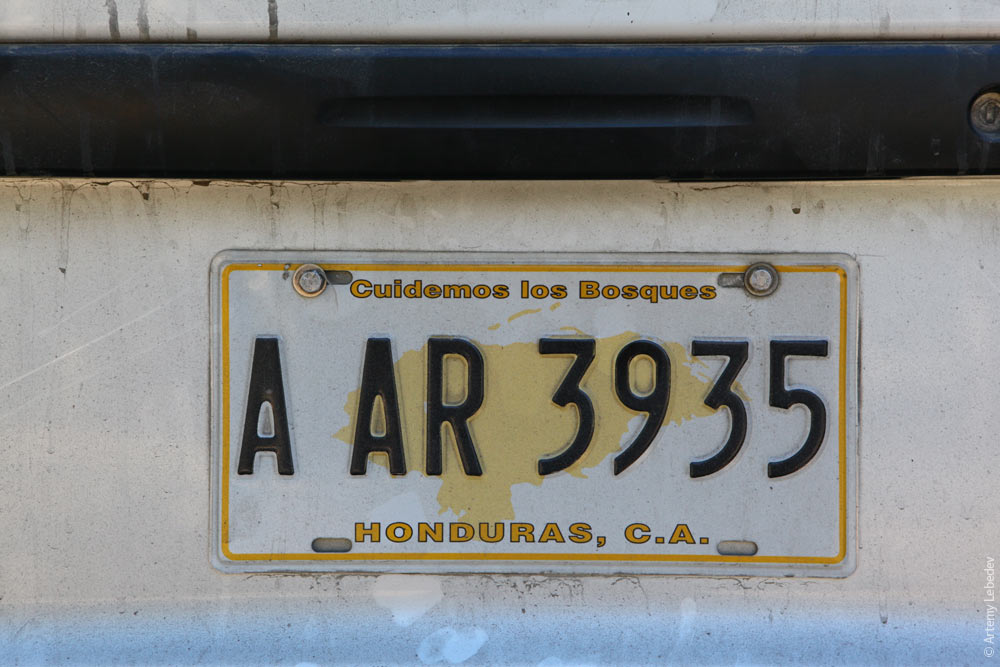 For some reason, the fork on the “food” road sign has a slit in the handle. Sometimes the knife does, too. 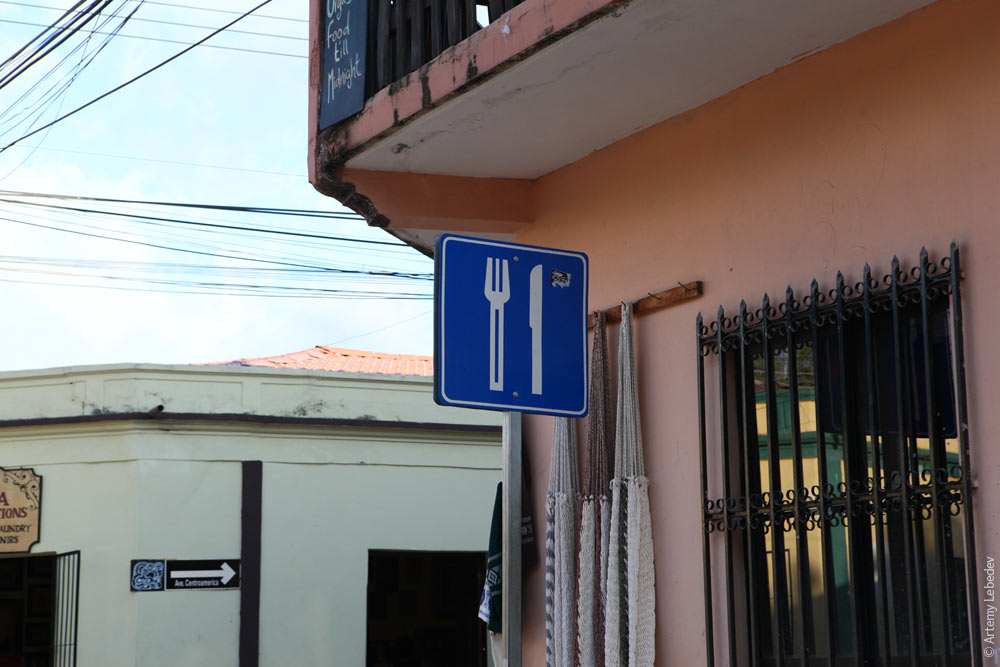 A pedestrian. 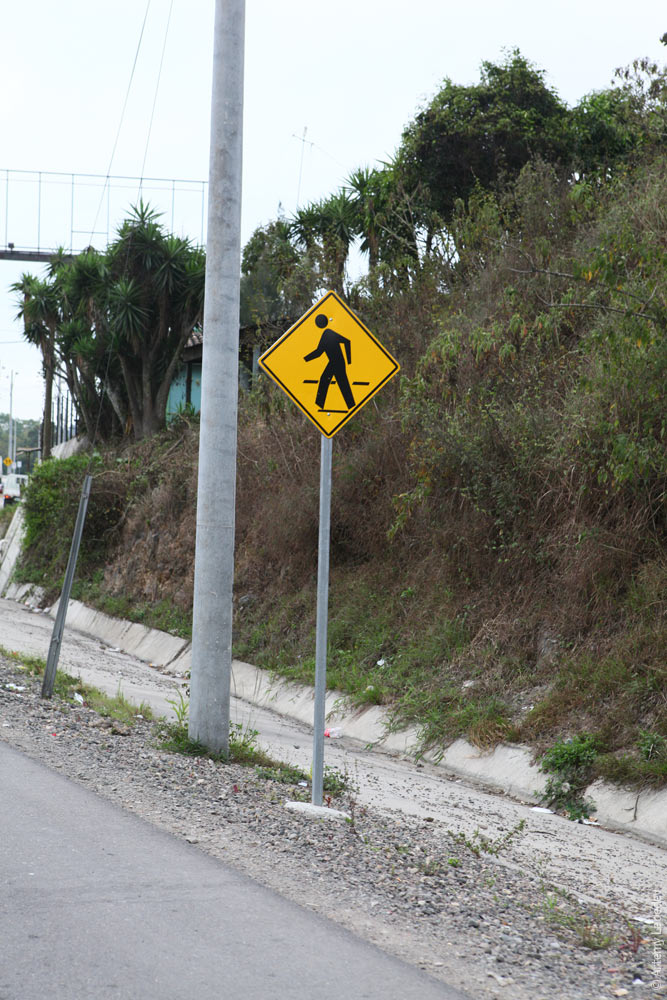 Schoolchildren. 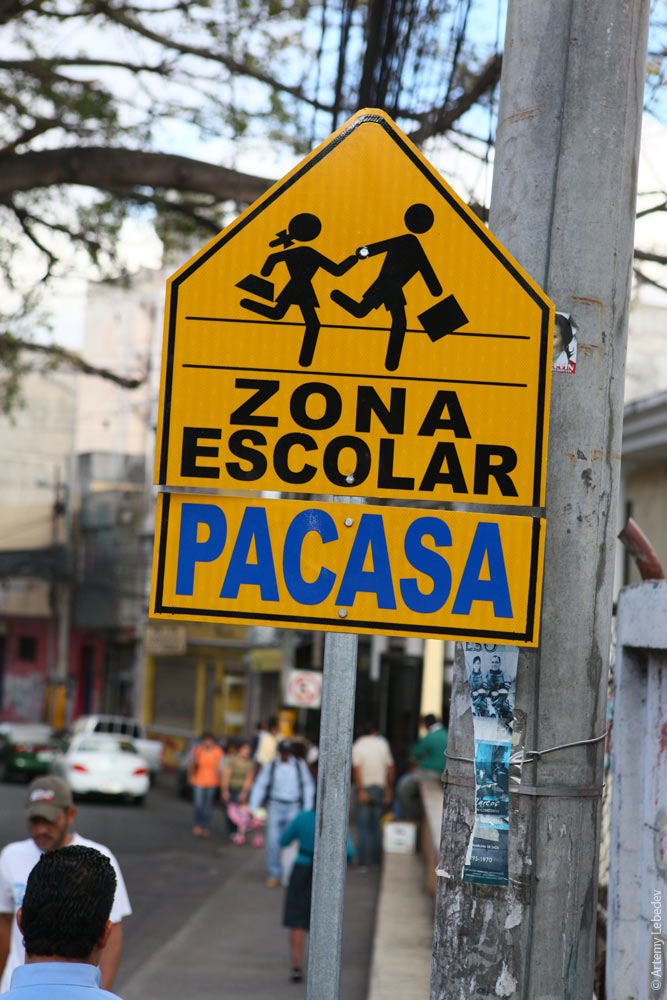 It’s immediately obvious: police. 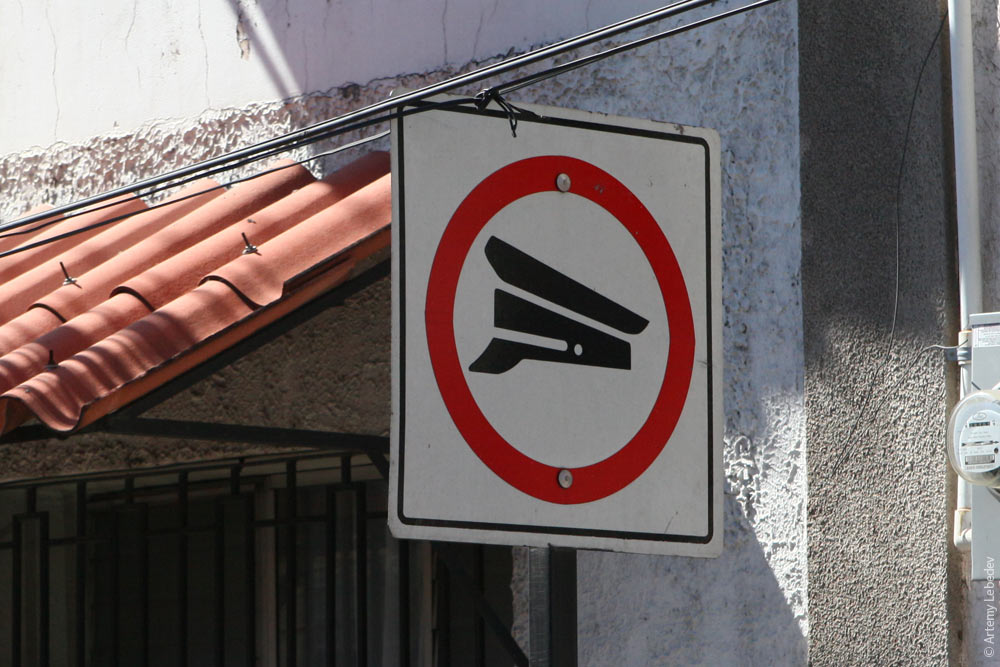 Cocaine is considered a normal light recreational substance in Honduras, while marijuana is viewed as a sinister, harmful and dangerous drug. Who would have thought. 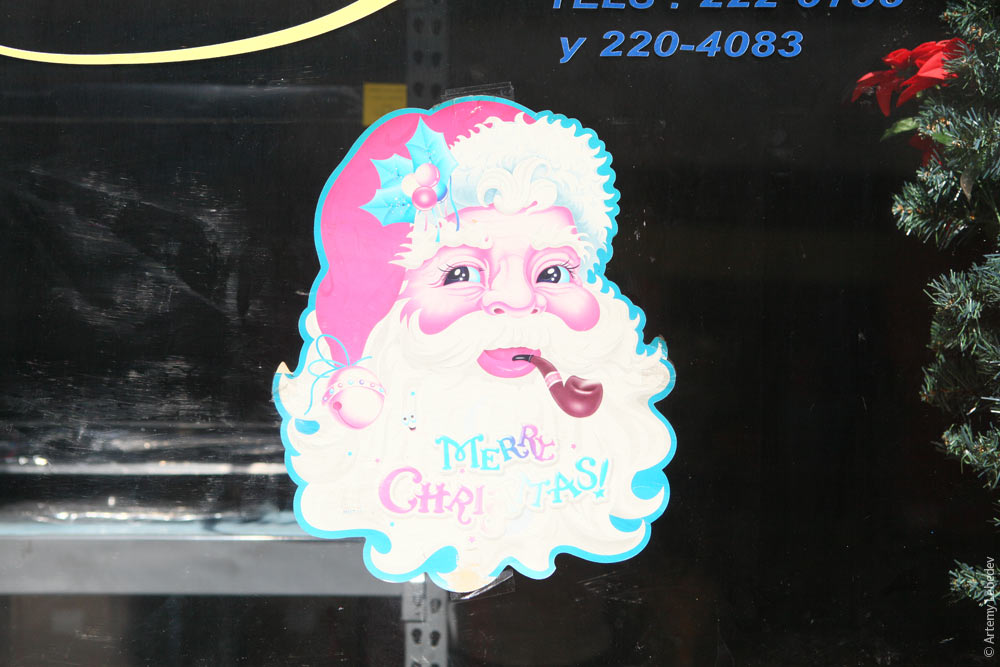 CopánMapHonduras also ended up with a few Mayan pyramids. People come to Copán to see them. 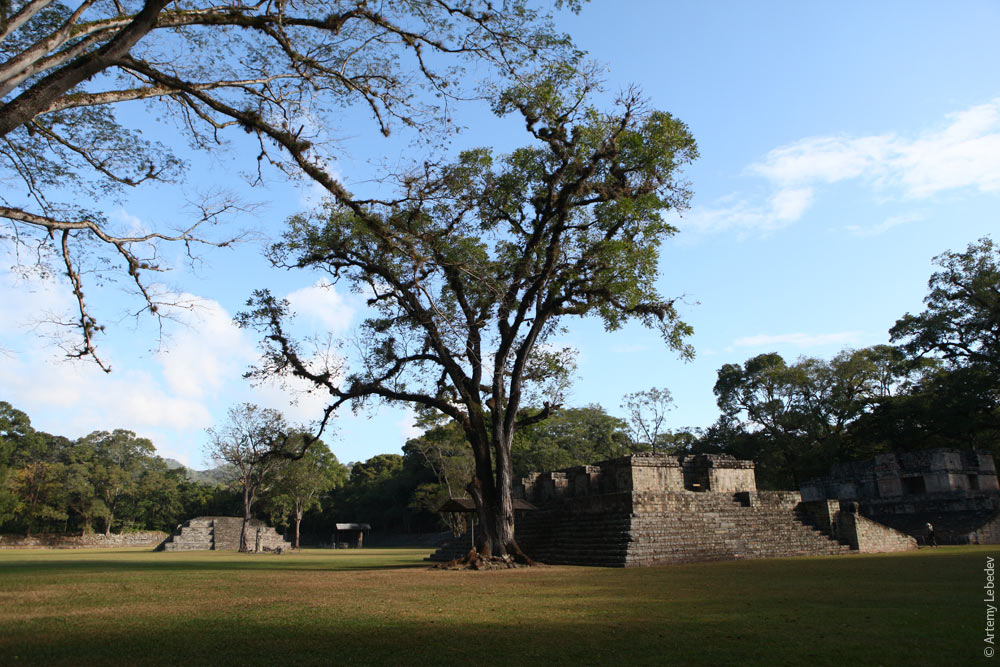 Next to the ruins is a charming little tourist town. 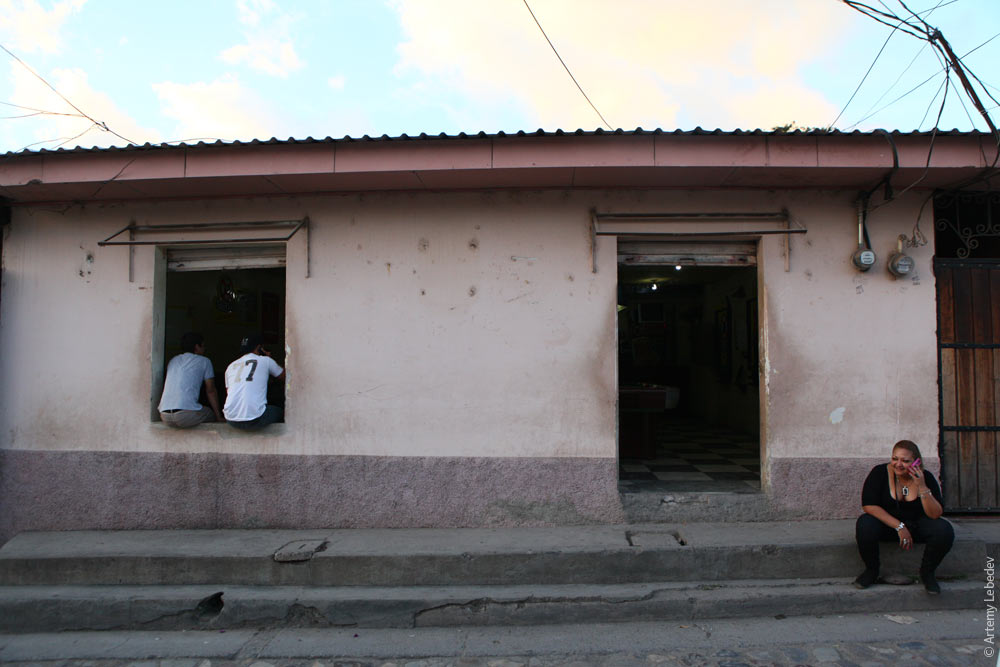 With restaurants and mototaxis. 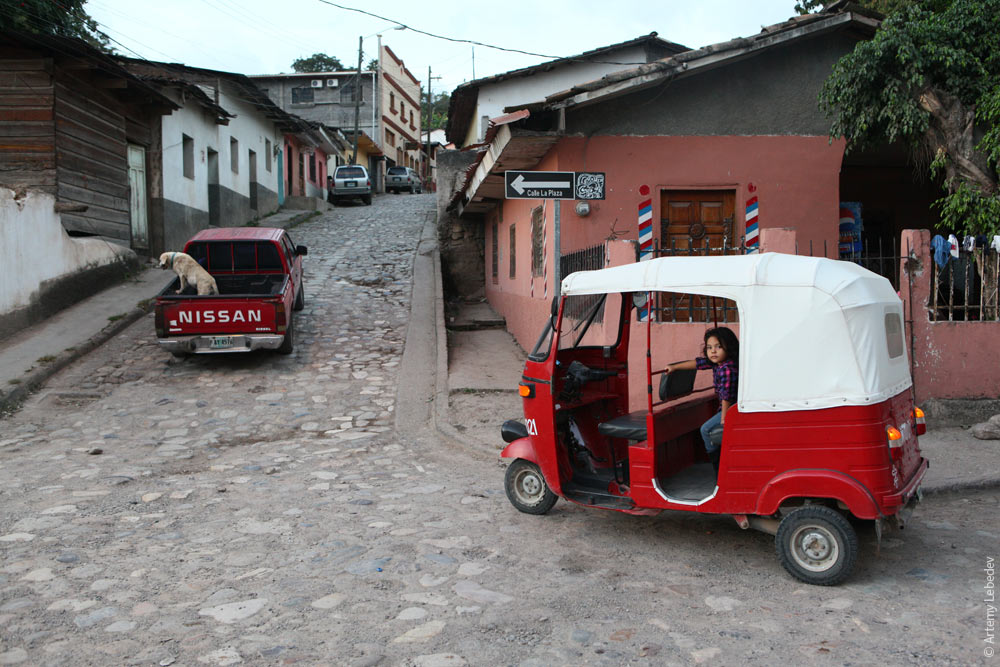 With, it appears, the only post box in the entire country (brought here from Brazil).  The main notable feature of the town is its electrical meters, which have wires spliced into them and the numbers of the houses and subscribers written on the wall in marker. 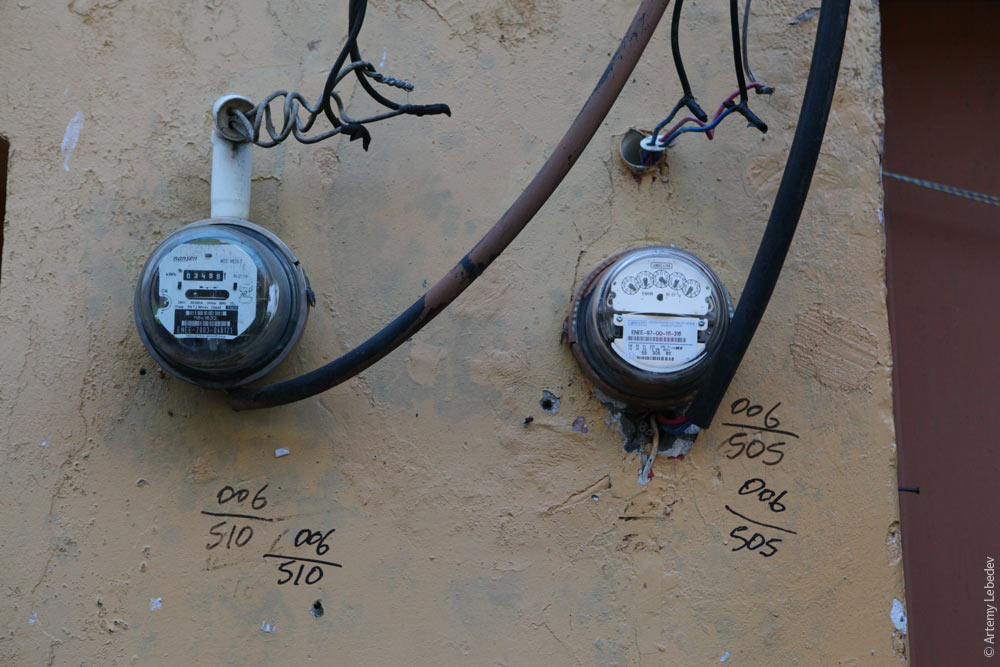 San Pedro SulaMapA city of beautiful wires. 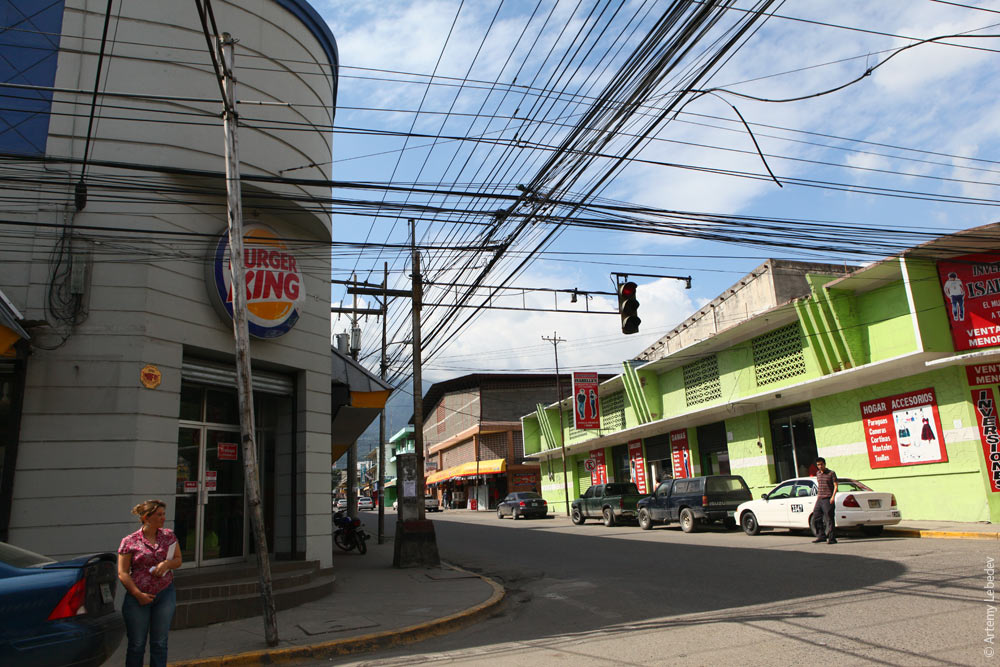 By the way, you can find pairs of shoes hanging from overhead wires across all of Central America.  A bus stop. 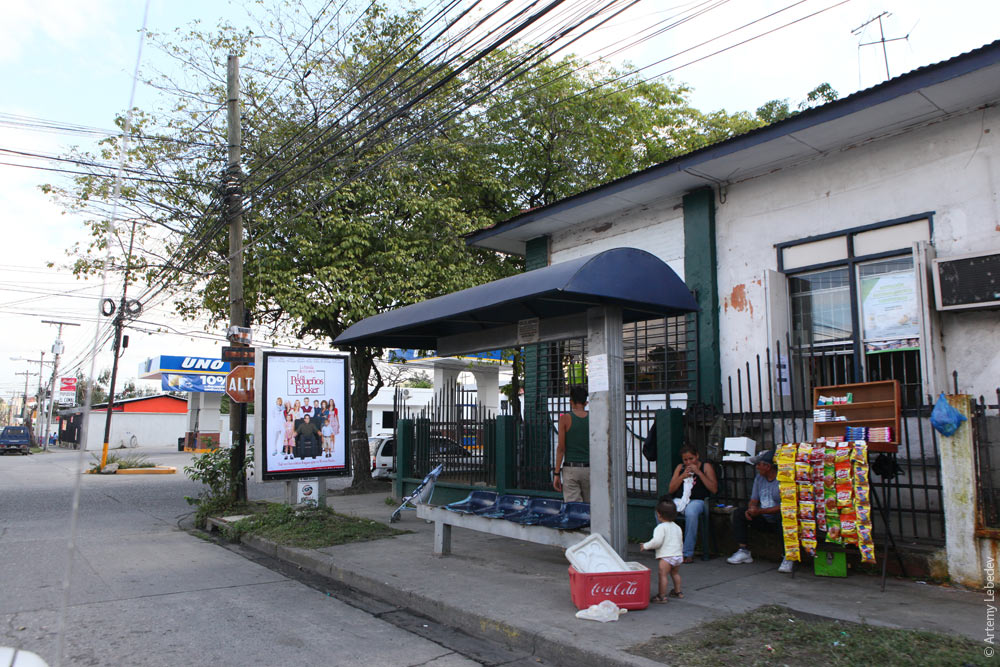 A traffic light.  TegucigalpaMapThe cityscape is trying to compete with both Rio de Janeiro and Hollywood at the same time. 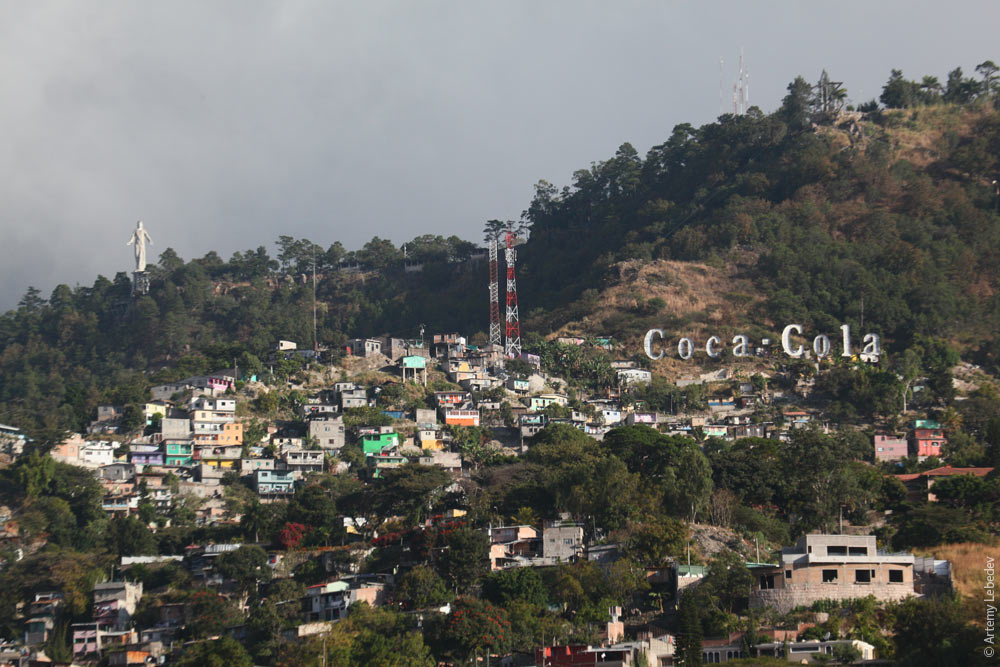 The buildings are pretty dull—it’s like one big favela.  Right in the middle of the city, vultures are finishing off refuse from a meatpacking factory. 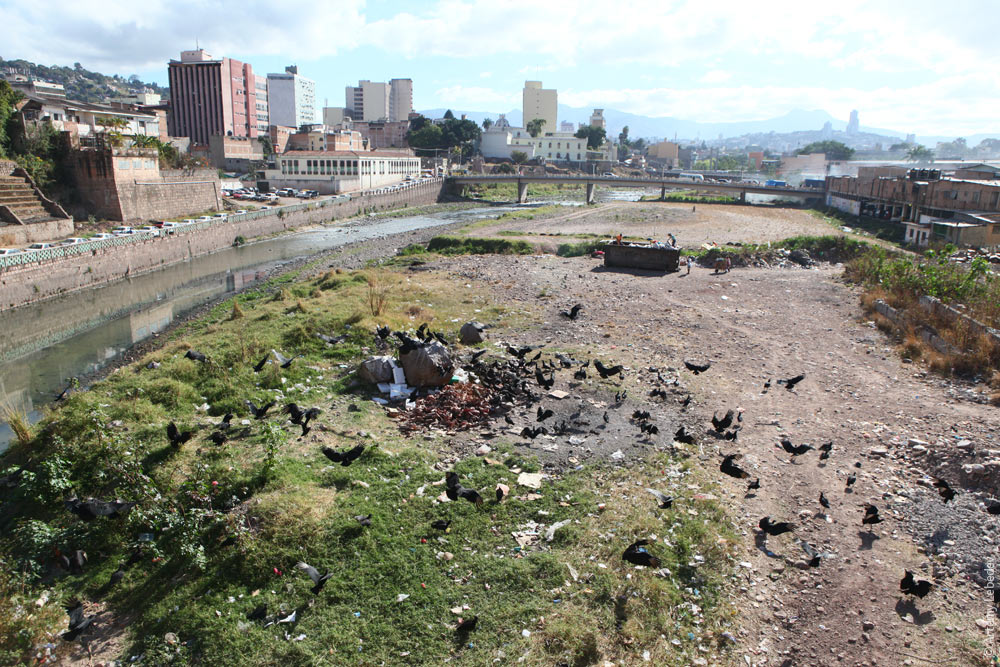 It’s nice living in a warm country—you don’t need to build a glass façade for auto dealerships. 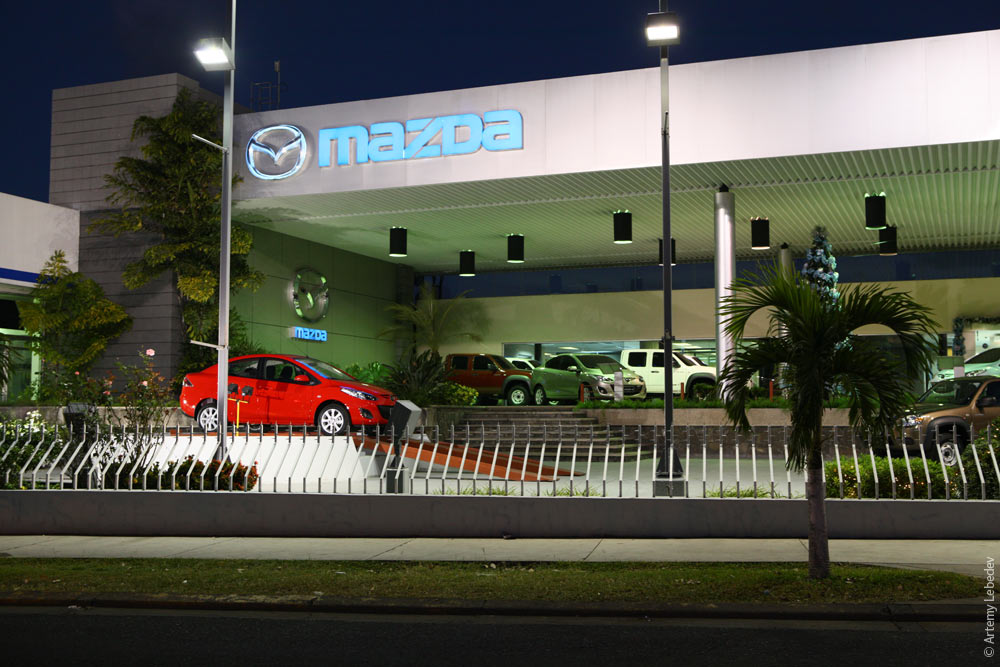 The heat comes from the sun. So every driver worth his salt covers his windshield with tinted film on the top and bottom. 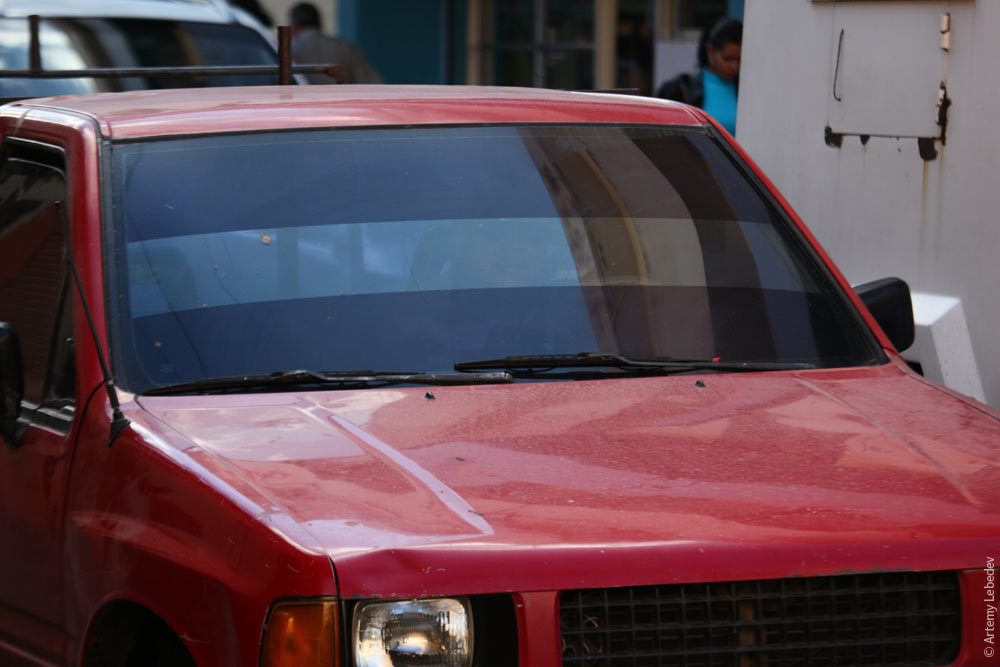 Electricity meters in the capital have to be kept behind bars. 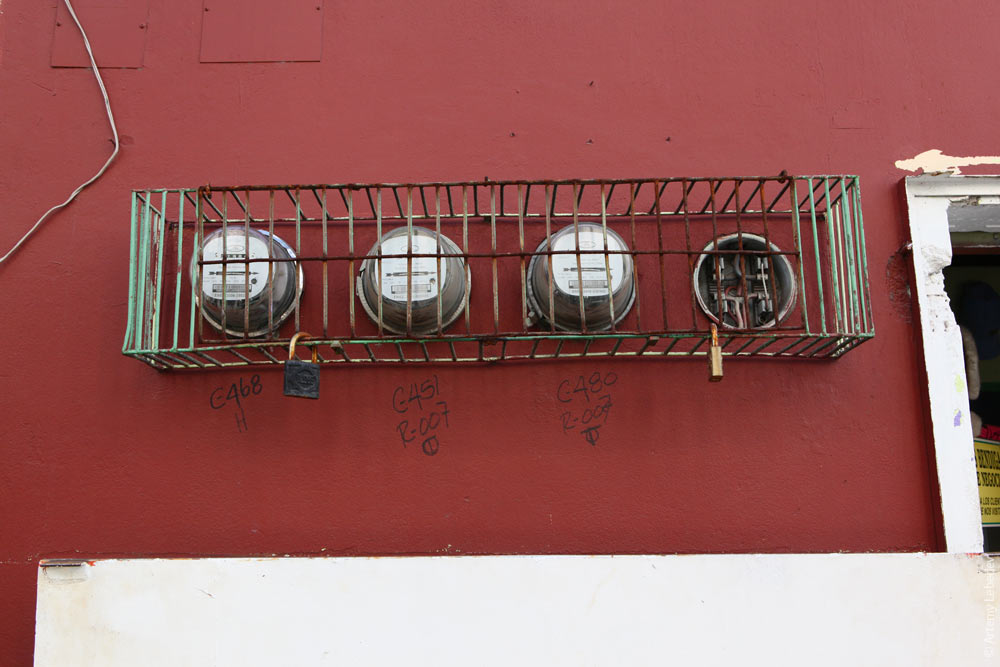 Otherwise they’ll get stolen. 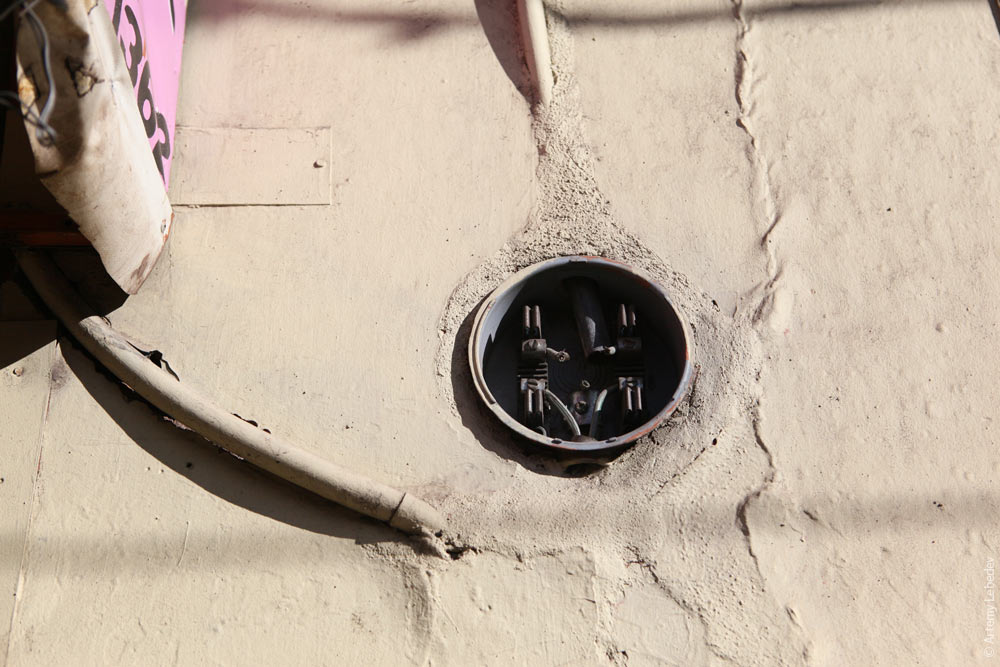 Numbers on taxis and buses are painted by hand. The distinctive shape of the Honduras figure ’1′ catches the eye. It’s always a little different and always unlike what we’re used to. 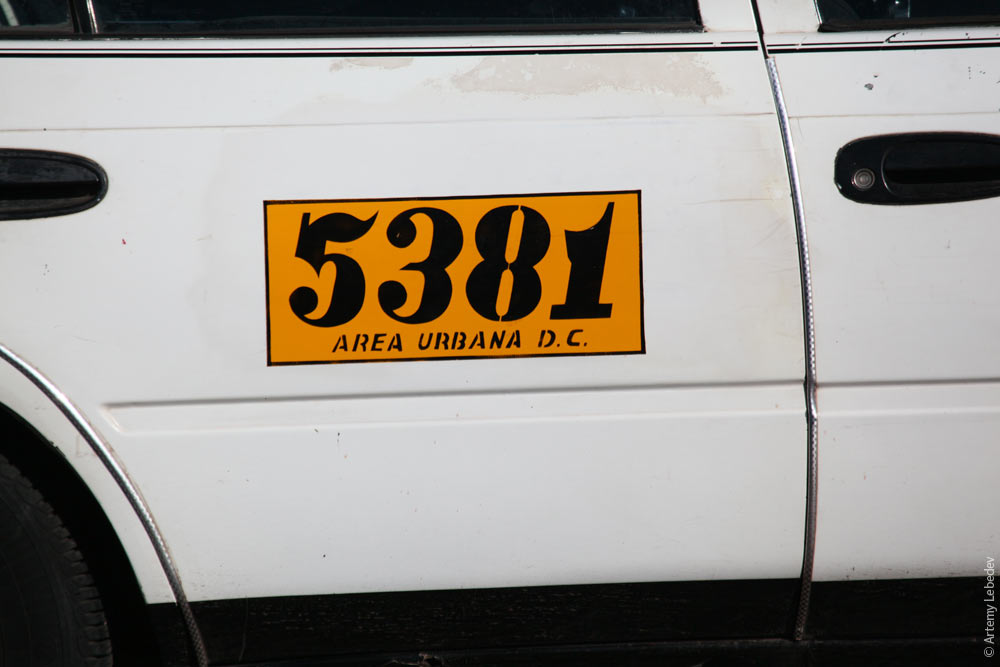 At the same time, the art of graffiti is completely undeveloped in Honduras. It’s hard to imagine how inscriptions on a wall could look any more boring. In the neighboring El Salvador, for example, the graffiti is already on an entirely different level. 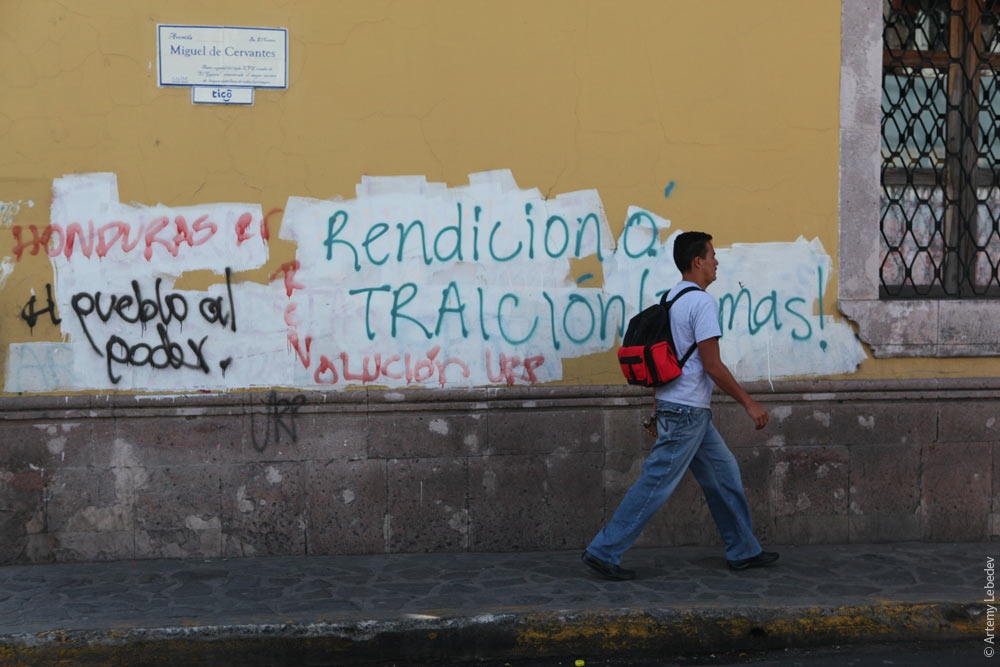 Shop owners water the sidewalks outside their establishments to refresh them. 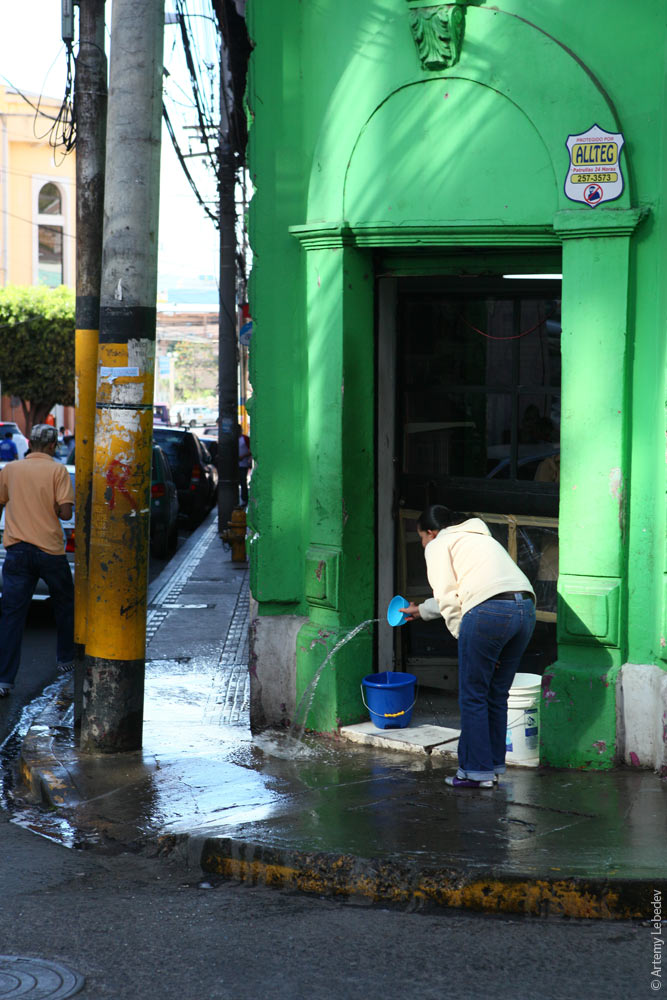 A unique garbage truck: a dumpster on wheels hitched to the back of a Toyota. 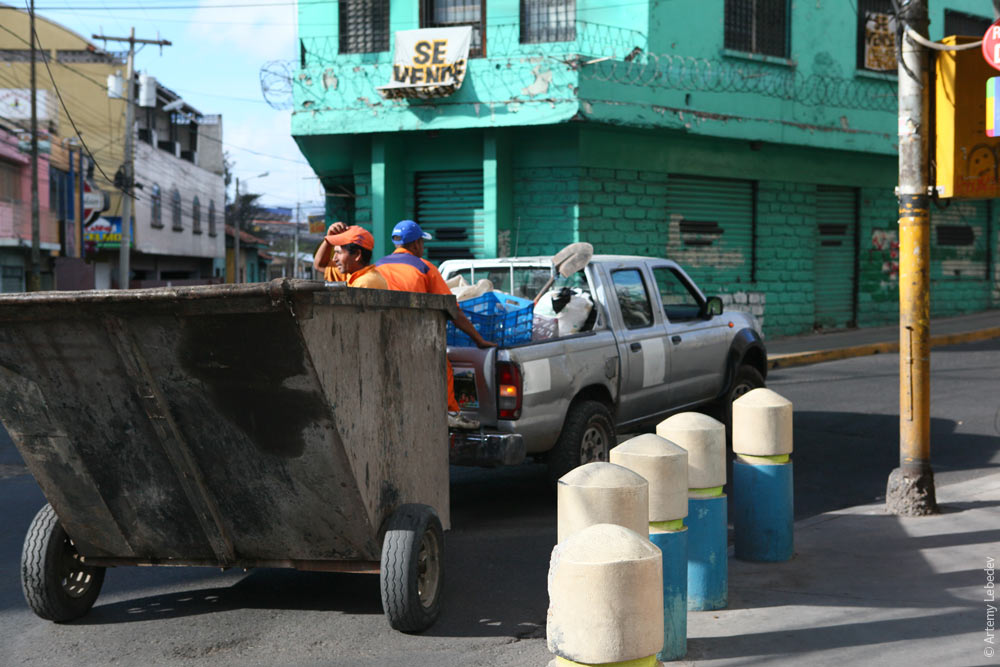 A hydrant.  A bus stop. Why the bus has trolley antlers is a mystery. 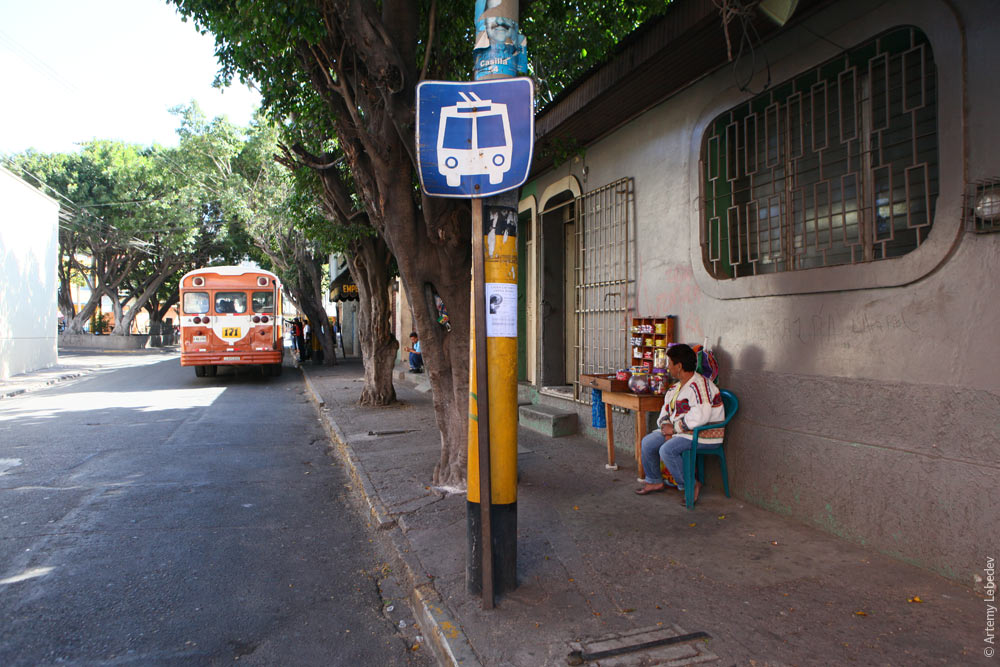 A vehicle traffic light. 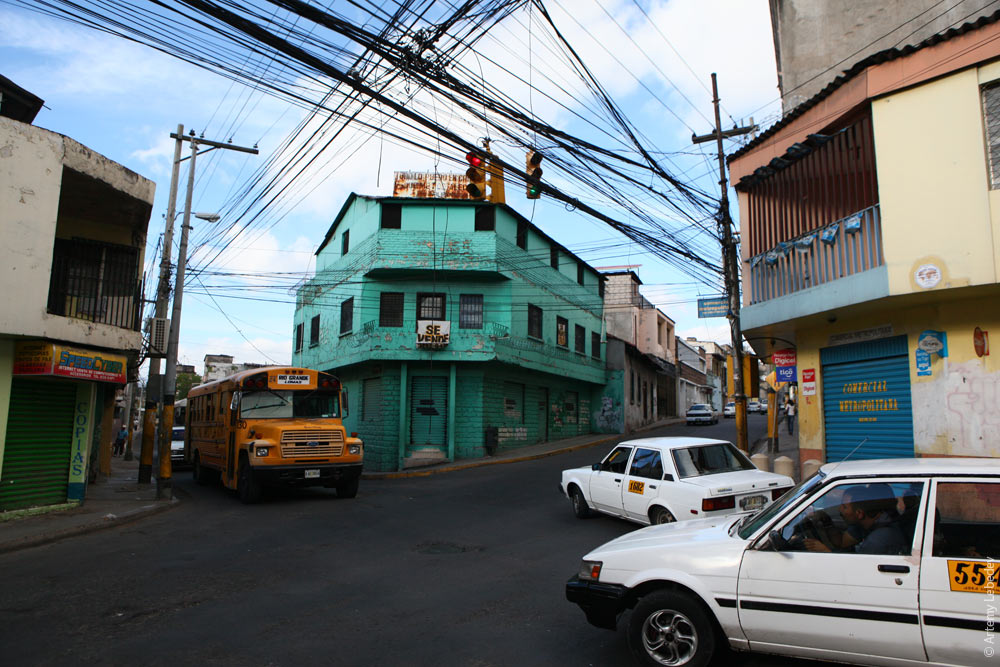 Advertising signs are wall-mounted on horizontally extended metal constructions, like in Hong Kong. 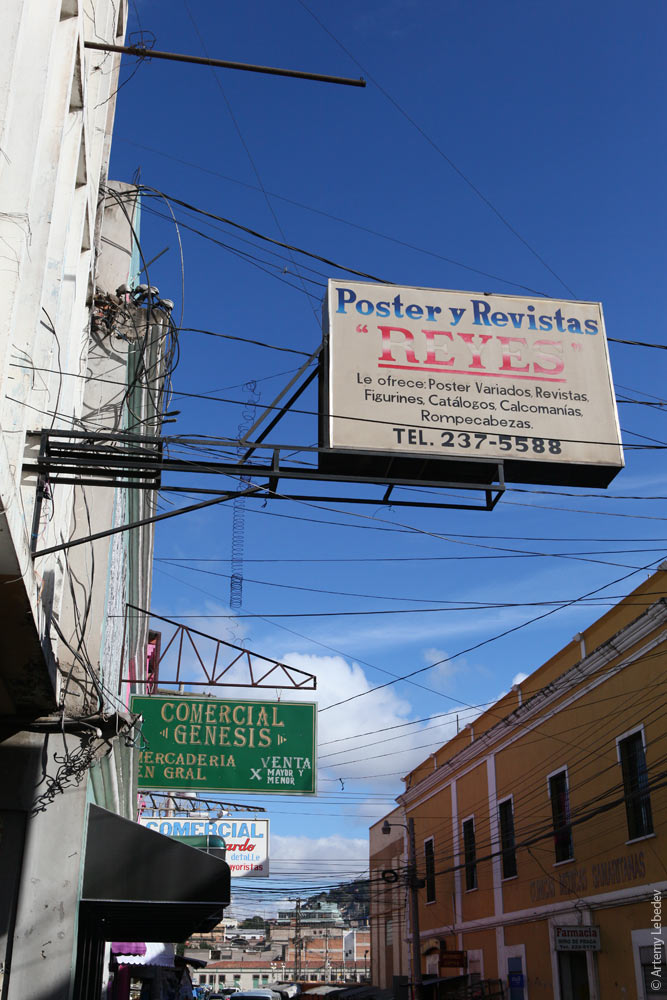 Payphones come in different heights. The low ones are for children and the disabled. 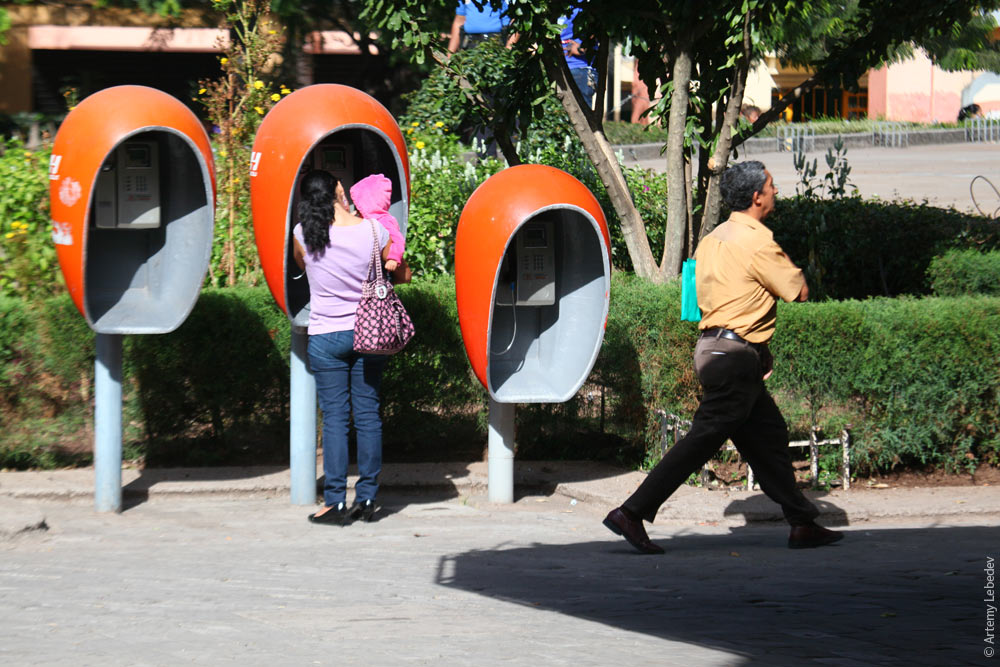 A baker. 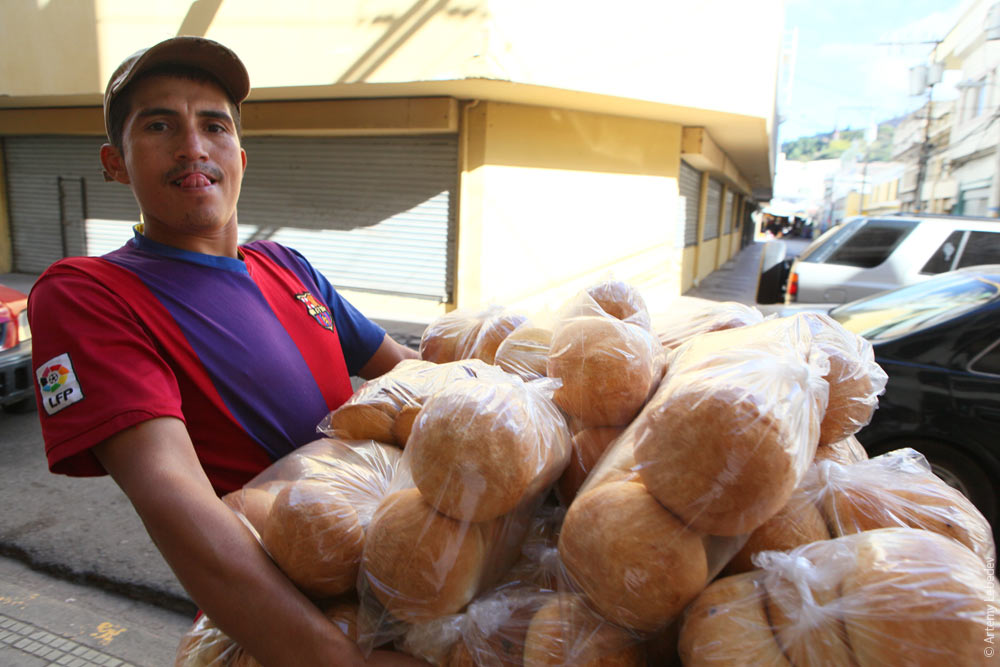 Wire masters. 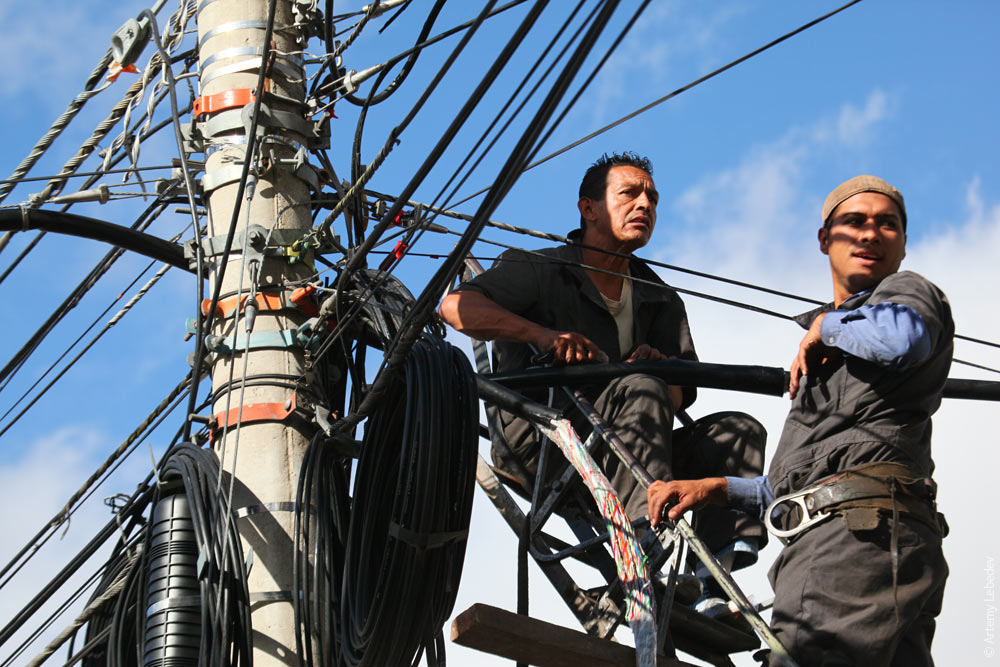 An ice cream salesman. 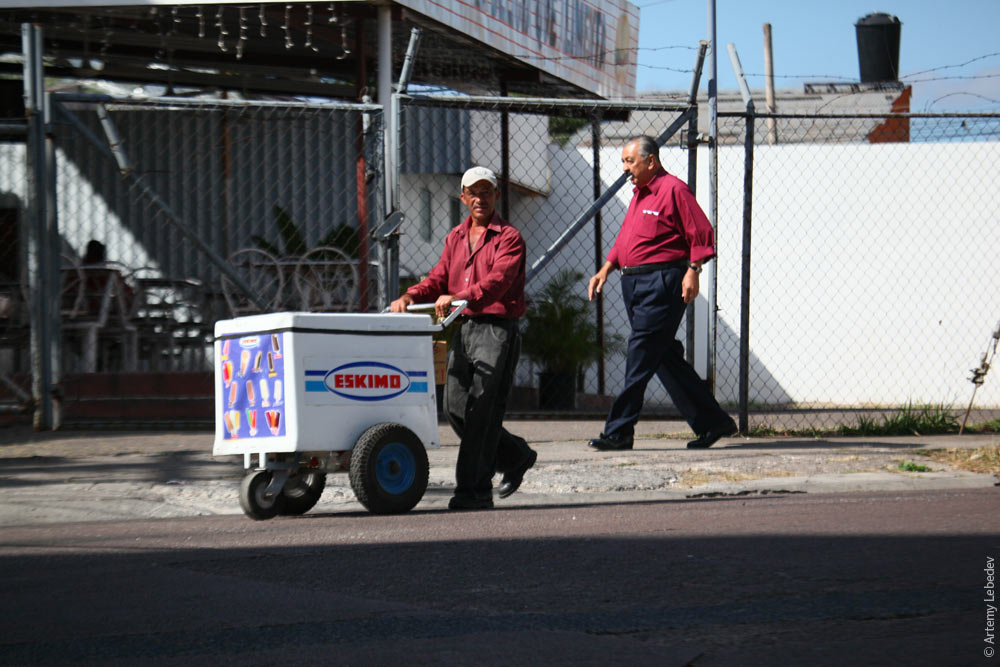 A typical security guard. 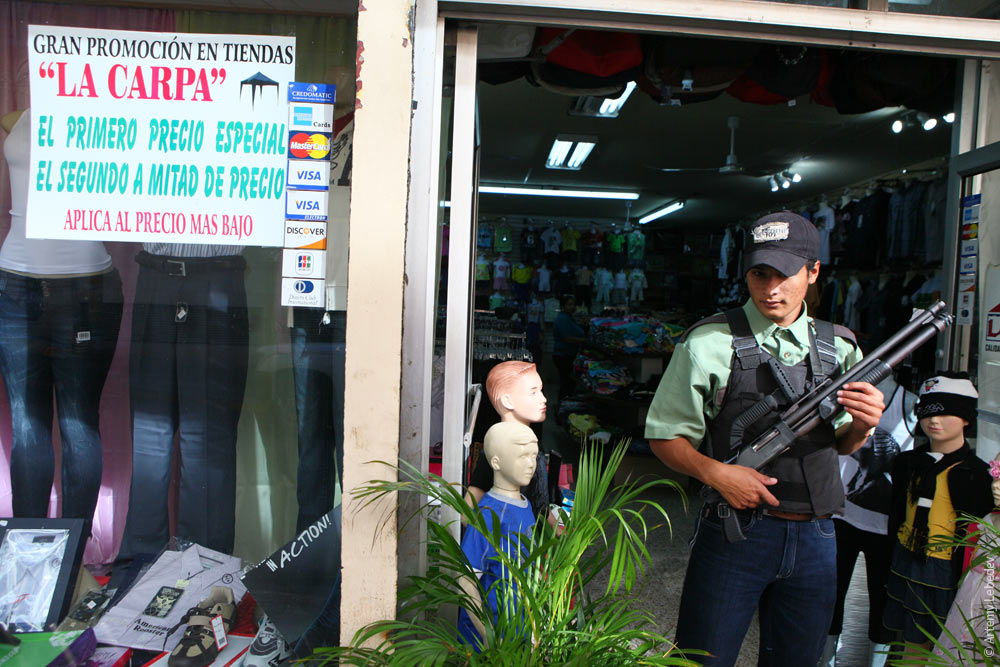 Policemen. 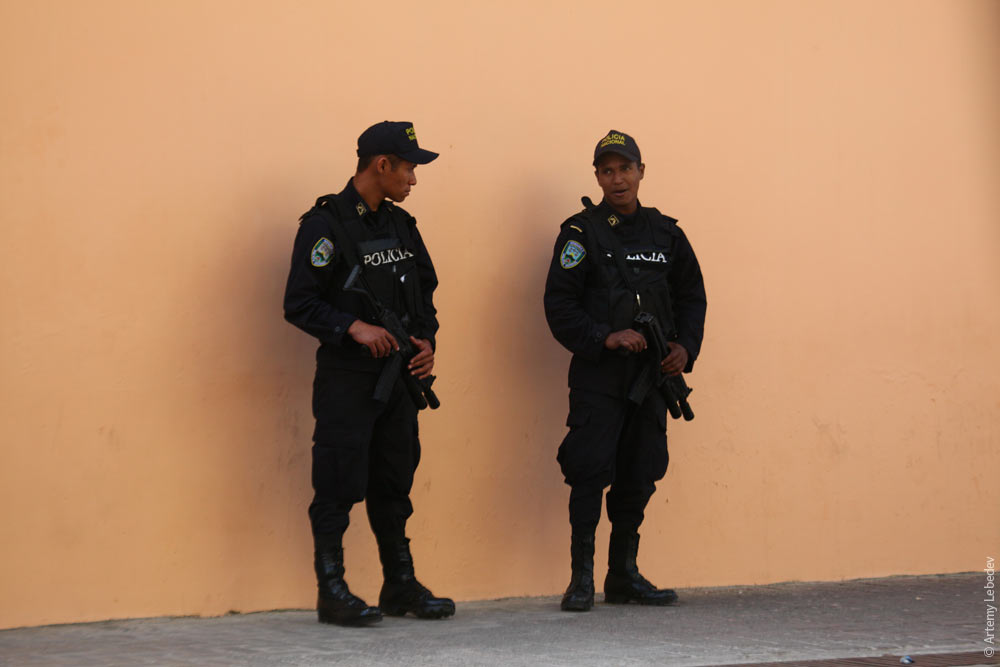 There’s a total of five armed people in this picture: the security guard at the bank entrance, two federal cops, two municipal cops. If they weren’t here, a tourist would get mugged in under a minute.  |